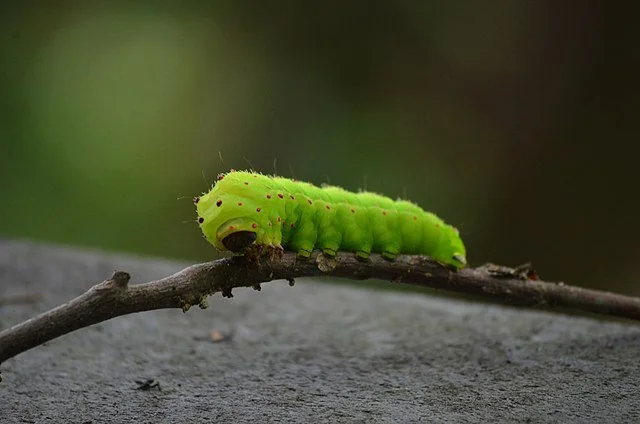
Luna moth
Actias luna
Secretive insect
Luna moths (Actias luna) in Michigan are a fascinating and ethereal sight. These insects are known for their large size and stunning appearance, with a wingspan of up to four and a half inches. Their wings display a mesmerizing pale green hue, adorned with delicate, long, and trailing tails, believed to throw off predators such as bats, giving them an otherworldly appearance. The eyespots on the wings are also believed to ward off predators. The presence of luna moths is a testament to the state's thriving natural habitat and conservation efforts. They are primarily active during the warm summer months, and lucky observers might catch a glimpse of them gracefully fluttering through wooded areas and gardens, drawn to the light of the moon during their nocturnal flights.
Attracting luna moths to your yard.
Attracting luna moths to your garden can be a rewarding experience, and there are several steps you can take to create an inviting habitat for these enchanting creatures. First and foremost, focus on cultivating a diverse range of native plants that provide food sources for caterpillars. Luna moth caterpillars feed on various tree leaves, such as walnuts, hickories, pecan, persimmon, sweet gum, and sumacs, so consider planting these trees if possible. It's essential to minimize the use of pesticides in your garden, as they can harm not only the luna moths but also their caterpillars and other beneficial insects.
Adult moths do not feed, and only have vestigial mouthparts. They solely exist to reproduce.
Ecosystem services
Luna moth caterpillars serve as a critical food source for various predators in their habitats, including birds, mammals, and other insects. They are an integral part of the food web and contribute to the balance of local ecosystems.
The presence and abundance of luna moths can serve as indicators of the overall health of their environment. Their sensitivity to environmental changes and pollutants make them valuable bioindicators, providing insights into the well-being of the ecosystem they inhabit.


